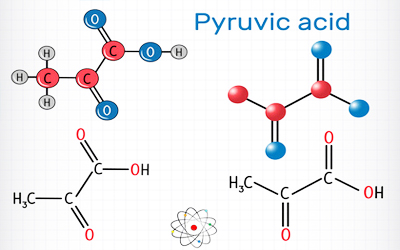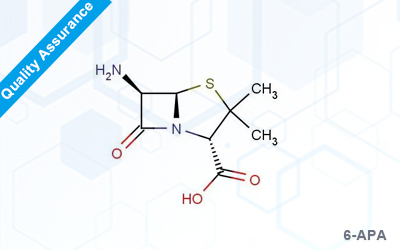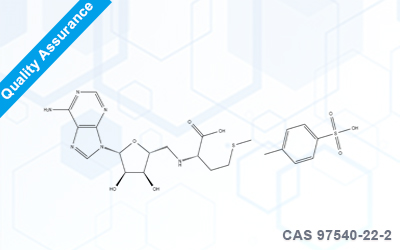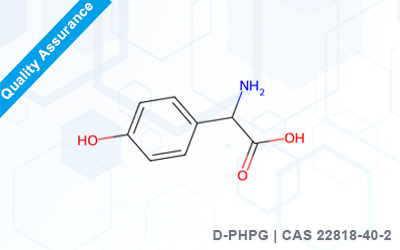Pyruvic acid

| Name | Pyruvic acid | |
| Type | Intermediates | |
| CAS | 127-17-3 | |
| Pack size | Price ( USD ) | Inventory |
| 1kg | $30.0 | In stock |
| 100kg | Send an inquiry | In stock |

Omizzur Biotech Online Inquiry Form
Notice:
1.Omizzur follows strict guidelines on the use of private information.
2.For bulk inquiry or custom packaging: [email protected]
3.Our customer service staff will contact you in 1 hour. Please check your email

General Description
Overview of Pyruvic acid
Pyruvic acid, also known as 2-oxopropionic acid, α-ketopropionic acid, or acetylformal acid, is one of the most important organic acids. It has a wide range of applications in fields such as pharmaceuticals, food, chemicals, agricultural chemicals, and scientific research.
Pyruvic acid a very important role in bioenergy metabolism. The derivative products of pyruvate series, including methyl pyruvate, ethyl pyruvate, creatine pyruvate, calcium pyruvate, potassium pyruvate, sodium pyruvate, magnesium pyruvate, etc., are widely used in the fields of medicine, chemical industry, etc. They are also raw materials for various chemical products, pesticides, etc.
The uses of Pyruvic acid and its derivatives mainly include the following aspects:
(1) Pharmaceutical industry: used for enzymatic synthesis of L-tryptophan, L-tyrosine, L-dopamine; Synthesize L-cysteine, L-leucine, vitamins B6 and B12, etc; Synthetic angiotensin II resistance, series of enzyme protein inhibitors, sedatives, Xinkefen, isoniazid calcium pyruvate, 2-phenylquinoline-4-carboxylic acid, Enbopyruvate, phosphoenolpyruvate, 4-methylazolic acid, thiamine, etc. In addition, calcium pyruvate can also be used as a weight loss health medication.
(2) Daily chemical industry: Ethyl Pyruvic acid can inhibit the formation of tyrosinase in the epidermis and whiten the skin; Can be used as a preservative and antioxidant in cosmetics; Used as an air freshener.
(3) Agricultural chemicals: Pyruvic acid is the starting material for synthesizing various pesticides such as ethylene based polymers, hydrogenated atopic acid, and grain protectants.
(4) Food/feed industry: In GB2760-1996, pyruvic acid is designated as an acidic additive and has anti-corrosion and preservation functions.
(5) Cell culture and biochemical research: forming antioxidants with lactic acid to reduce cell damage; Sodium pyruvate can serve as an alternative carbon source in cell culture and is an important substrate for animal cell culture. Used for the identification of primary and secondary alcohols, determination of transaminases, and as a chromogenic agent for aliphatic amines.
Production of pyruvic acid
The industrial production methods of pyruvate mainly include chemical synthesis, enzyme conversion, and microbial fermentation. The chemical synthesis method oxidizes tartaric acid (or lactic acid ester) to acetone ester in the liquid or gas phase, and then hydrolyzes it to pyruvate. However, this method is heavily polluting, costly, and lacks competitiveness.
Some other chemical conversion methods, such as hydroxypropanol method and lactic acid oxidation method, all have problems such as insufficient raw materials or lack of industrial feasibility in terms of cost. Enzyme conversion method is the use of enzyme systems in microbial cells to dehydrogenate and oxidize lactic acid to pyruvate. This method has a high conversion rate but high substrate cost.
Microbial Fermentation of Pyruvic acid- IndustrialLarge-scale Production
Microbial fermentation method uses low-cost glucose as a substrate to produce pyruvate through fermentation. At present, the microorganisms that can produce pyruvate through fermentation mainly include yeast, basidiomycetes, actinomycetes, and bacteria. By constructing a new type of E. coli engineering strain, high conversion fermentation of pyruvate production using glucose as raw material has been achieved. This method is green, environmentally friendly, sustainable, and has good competitiveness, with good industrial application prospects.
Product Data Sheet
| Name | Pyruvic acid |
| Alias | 2-oxopropanoic acid / α-ketopropionic acid |
| CAS | 127-17-3 |
| Molecular formula | C3H4O3 |
| Molecular weight | 88.06 |
| Appearance | Transparent colorless to light yellow liquid |
| Smell | Stimulating sour acetic acid caramel odor |
| Solubility | Miscible with chloroform and methanol |
| Melting point | 11-12 °C (lit.) |
| Stability | Stable. Flammable. Incompatible with strong oxidants and strong bases. |
| Storage | 2-8°C |
Shipping & Storage
Storage: Store at 2°C - 8°C, protect from light.
Shipping: by air or sea, sample by FedEx/DHL.
Ordering Guide:
 Quote & Order:
Quote & Order:
1. Click to send inqauiry online: Make Inquiry Now
2. Send mail to us: [email protected]
* Please mail us your product name and quantity needed, Omizzur services will get back to you within 1 hour.
Customer also viewed
 6-Aminopenicillanic acid
6-Aminopenicillanic acid
CAS:551-16-6
 S-Adenosyl-L-methionine disulfate tosylate
S-Adenosyl-L-methionine disulfate tosylate
CAS:97540-22-2
 4-Hydroxy-D-phenylglycine
4-Hydroxy-D-phenylglycine
CAS:22818-40-2
Enquiry & Ordering Form
Method 1
Simply email to [email protected] ,you will get a fast response within 1 hour.
Method 2
Submit the simple form to get the latest quotation. Notice:Omizzur follows strict guidelines on the use of private information.
Copyright © 2020 Omizzur Inc | Terms & Conditions | Privacy Notice | Sitemap